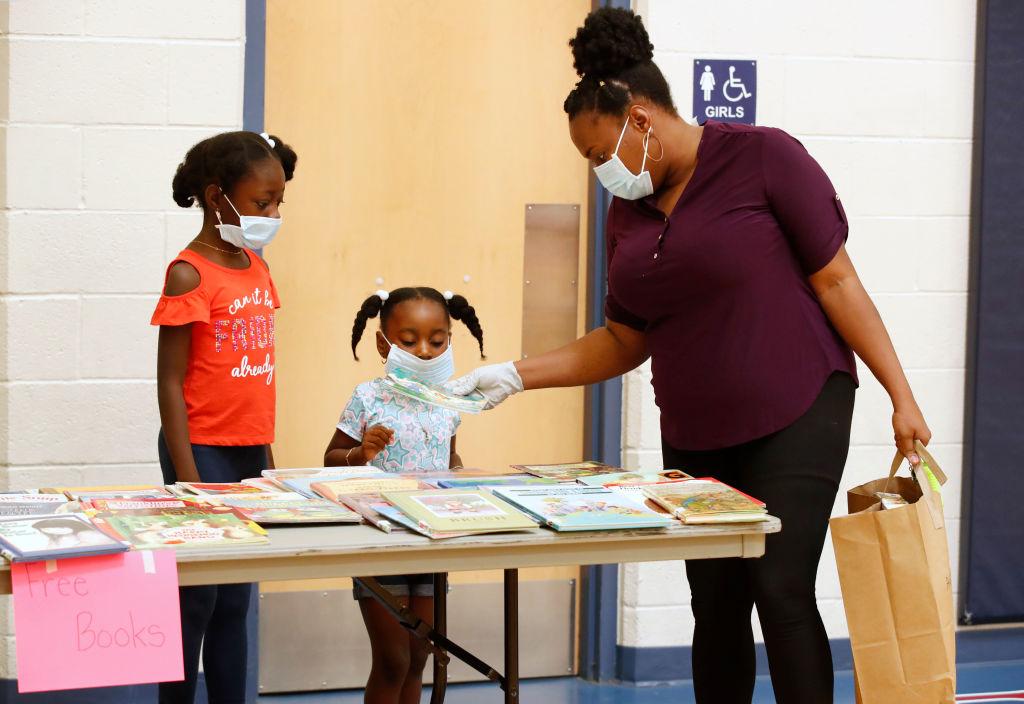The American Academy of Pediatrics (AAP) has called for all children to attend schools in-person this fall, arguing that it is essential for their development and well being.
“The AAP strongly advocates that all policy considerations for the coming school year should start with a goal of having students physically present in school,” the AAP said in a statement on June 25.





